Ulyanovsk State Technical University Introduction
Ulyanovsk State Technical University is located in Ulyanovsk, in the central part of the Russian Federation. It is a higher education institution in the city. It was founded in 1957 as Ulyanovsk Polytechnic Institute and changed to its current name in 1993.
History
On September 18, 1957, Ulyanovsk Polytechnic Institute was established in accordance with the Resolution No. 308 of the Council of Ministers of the Russian Soviet Federative Socialist Republic. In July 1962, the Resolution No. 737-31 of the Council of Ministers of the USSR and the Resolution No. 1020-97 of the Council of Ministers of the Russian Soviet Federative Socialist Republic planned its further development. On May 26, 1994, according to Resolution No. 524 of the State Committee on Higher Education of the Russian Federation, the school was officially renamed Ulyanovsk State Technical University.
School Strength
Faculty: There are more than 500 teachers, including 42 doctoral professors and 250 associate professors with associate doctorates.
Student size: Currently, there are more than 12,000 students participating in different educational programs.
Scientific research results: The school's research areas cover many fields such as mechanical engineering, energy, physical chemistry, etc. The faculty and staff are all industry professionals. Many interdisciplinary courses are also offered, with 19 Institutes, whose laboratories and research centers are equipped with advanced experimental equipment and test systems, can effectively support teaching and scientific research tasks.
Institutional Nature
Ulyanovsk State University of Technology is a national federal higher professional education institution with legal person rights.
Educational Philosophy
It focuses on the teaching method that combines theory and practice, provides students with a large number of experimental and practical opportunities, is committed to cultivating students' practical experience and comprehensive quality, and also attaches importance to the personalized cultivation of students and the improvement of language skills. It has opened a variety of language training courses to help students expand their future career development areas.
Key laboratories and disciplines
The school's key disciplines cover engineering, science, management, economics and other fields. It has many advanced research institutes, such as the Institute of Mechanical Engineering and the Institute of Energy. These institutes are equipped with advanced experimental equipment and research systems, which provide strong support for the teaching and scientific research of related disciplines.
Department
The school has 12 colleges, including the School of Humanities, the School of Engineering and Economics, the School of Information Systems and Technology, the School of Mechanical Engineering, the School of Civil Engineering, the School of Power Engineering, the School of Radio Engineering, the School of Off-campus Education, and 3 There are 3 research institutes, namely the International Research Institute, the Institute of Aviation Technology and Management, and the Institute of Distance Education and Continuing Education.
Ranking
In the annual ranking of the best technical universities by Russian business leaders, the school ranks fourth, only behind St. Petersburg Institute of Mechanical Engineering, Ural Technical University and Almetyevsk Oil Institute.
Expenses
Tuition fees vary depending on the major. The annual tuition fee for preparatory courses is about US$1,000-2,000, the annual tuition fee for undergraduate courses is about US$2,000-3,000, and the annual tuition fee for master's courses is about US$2,500-3,500. In terms of accommodation fees, the annual cost of school dormitories is about US$500-1,000.
Campus environment
The campus covers an area of 87.3 hectares, with complete infrastructure. The total area of all buildings is 143,800 square meters, of which the teaching building area is 89,218 square meters. There are 5 well-maintained dormitories on campus, which can accommodate about 5,000 students and postgraduates. Each dormitory is equipped with showers, kitchens, laundry rooms, storage rooms, study rooms and student recreational facilities. The dormitory has a local area network with Internet access and guest rooms for parents to use when visiting.
-

Peter the Great St.Petersburg Polytechnic University
-

Moscow State University M. V. Lomonosov
-
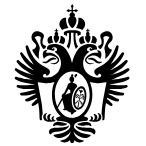
St. Petersburg State University
-
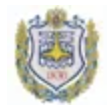
Bauman Moscow State Technical University
-
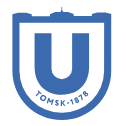
Tomsk State University
-
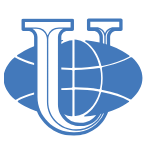
Peoples' Friendship University of Russia
-

Don State Technical University
-

Moscow Institute of Physics and Technology
-
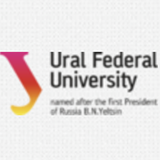
Ural Federal University
-
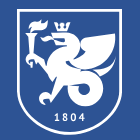
Kazan Federal University
-

Mesoamerican University
-

Istmo University
-
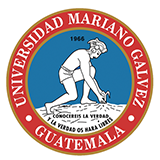
Mariano Galvez University of Guatemala
-
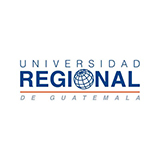
Regional University of Guatemala
-
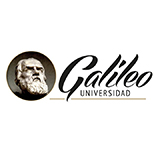
Galileo University
-
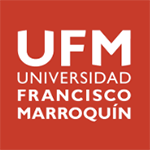
Francisco Marroquín University
-

Rafael Landívar University
-
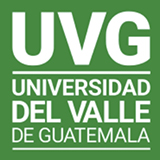
University of the Valley of Guatemala
-
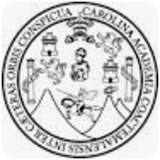
University of San Carlos of Guatemala
-

Technological Institute of Tlaxcala Plateau
-

Golfo University
-
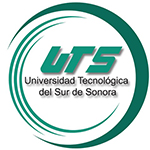
Technological University of South Sonora
-
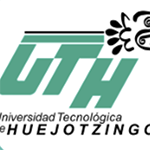
Technological University of Huejotzingo
-
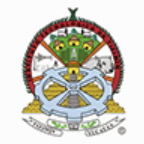
Tizimín Institute of Technology
-
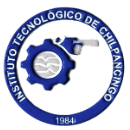
Chilpancingo Institute of Technology

